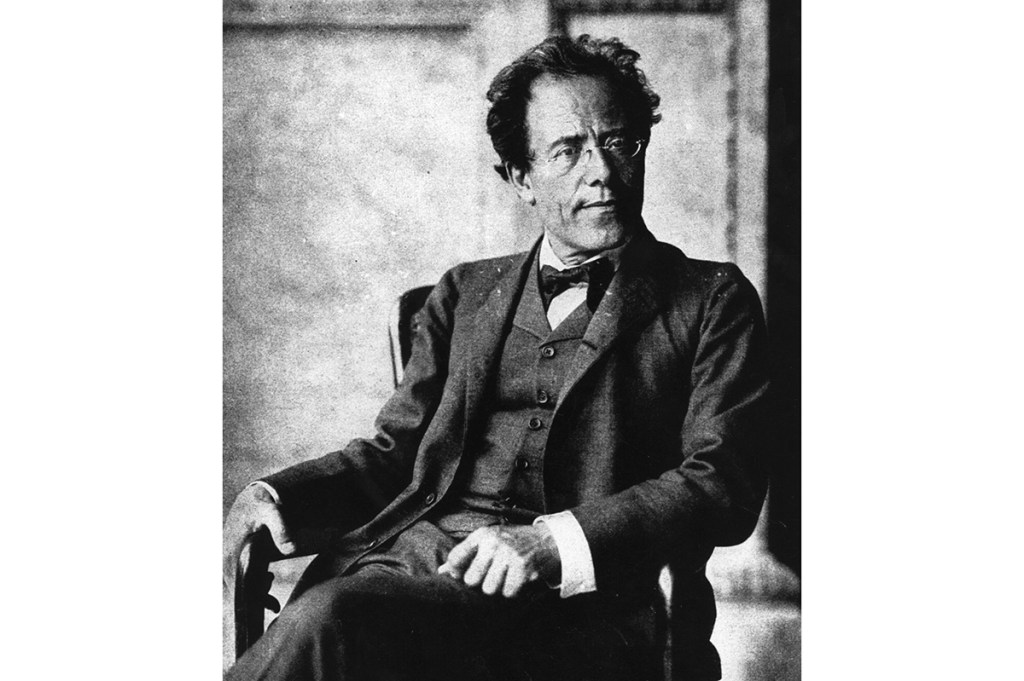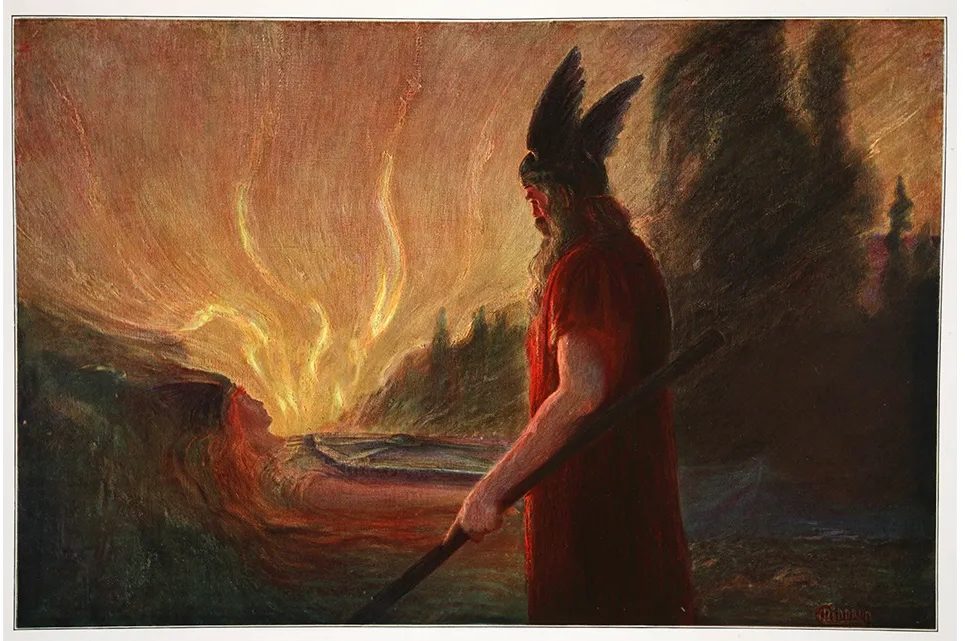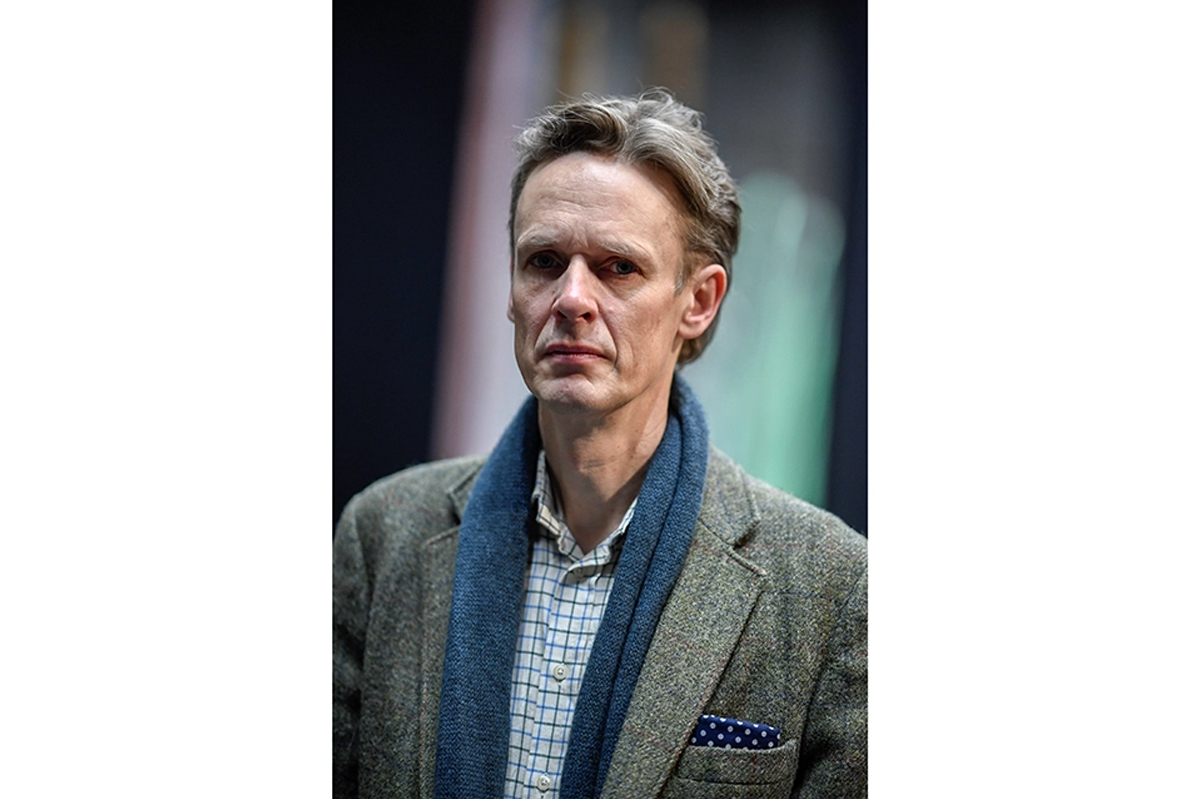A kind of gigantism took hold of the European mind in the years before World War One. It shaped everything, from empires to poetry. In the confidence of new technology and new ideas, things could be attempted on a larger scale than ever before. The mental power of the age could be measured in the sheer size of the things it produced. This might be ‘Jacky’ Fisher’s Dreadnought of 1906, which set off a European arms race in huge battleships, or a great construction — the Victoria memorial in front of Buckingham Palace is nothing to the one built in Kolkata.
Even plays were being conceived on a scale beyond the capacity of any human audience (to culminate in Karl Kraus’s Die Letzte Tage der Menschheit), and novels many times the length of War and Peace, such as Proust’s. Not everything was realized — Otto Wagner’s colossal projects for Vienna ran into the sand of the imperial family’s implacable dislike of the architect — but an astonishing amount was achieved, and still stands as an example of what confidence can do. We might admire it; we might want to react against an overblown and bombastic tendency; but there’s no escaping it.
One of the areas where the appeal of size proved most seductive was music. Upscaling could take two forms: in length of invention and size of ensemble. Composers had often felt the appeal of masses of performers, and the challenge of sustaining a single musical structure beyond the scale of, say, Beethoven’s Eroica had been long appreciated.
After Wagner’s massive extension of both orchestra and timespan in the seven music dramas from Das Rheingold to Parsifal, a sort of arms race among composers began. In theory there was nothing to prevent a composer from exploring an expansion in only one aspect, and writing a short piece for a huge orchestra, or a very long one for a chamber ensemble. In practice the two tended to go together; Webern’s exquisite miniatures for a huge orchestra, the Six Pieces of 1909, were a rarity and, for economic reasons, remain rarely performed.
Mostly, what we can see is a tendency for music to become longer and more opulent in its demands. Piano concertos, which had stretched in Brahms’s hands from three movements to a symphonic four, now went with Busoni to five movements and a choral finale. It is thought that the largest musical forces pressed into action were in Schoenberg’s Gurrelieder, premiered in 1913 — just as other large-scale forces outside the concert hall were about to be called on, or called up.
Much of the appeal to composers of these ensembles was in the possibility of exploring myriad small combinations within a huge range of sounds; the appeal to audiences, undoubtedly, was the overwhelming thrill of a huge ensemble at full stretch. That appeal, whether in a Richard Strauss tone poem, The Rite of Spring, or the splendid sound of a nine-member trumpet section in Janacek’s later Sinfonietta, has never gone away.
Neither has the association with other, more aggressive expansions. Gustav Mahler’s Eighth Symphony, the subject of Stephen Johnson’s book, contains the pointed words ‘Drive the enemy far from us/ And grant us lasting peace’, and was described by its composer as a Geschenk der ganzen Nation — a ‘gift to the whole nation’. Some unlikely people gave into these fantasies. Arnold Schoenberg, on creating the 12-tone method in the early 1920s, told Josef Rufer that he had ‘made a discovery which will ensure the supremacy of German music for the next 100 years’ — a very poignant thing for an Austrian Jewish composer to say innocently in 1923.
Mahler was one of the foremost architects of the colossal in music. Though his fame was principally as a conductor and director of the Vienna opera house, he was producing a series of symphonic works that had been stretching the boundaries of the form in all directions — the six movements of the Third Symphony, the inclusion of unheard-of symphonic instruments such as mandolins, guitars, sledgehammers, retuned solo violins and very large orchestral forces.
Even so, the Eighth Symphony stands apart. It calls for eight vocal soloists and multiple choirs, and an orchestra reinforced to the last degree, containing such extravagant additions to the usual as piano, celesta, organ, harmonium, two mandolins and four harps. It goes on for a very long time — and includes a full setting of the last scene of Goethe’s Faust, Part II.
It was Mahler’s greatest triumph in his lifetime as a composer when it was premiered in 1910, though, interestingly, in a very pro-Mahler age, it is now his least performed symphony. That is partly due to the expense and difficulty of putting together all those forces (demanding two mandolin players is just asking for trouble). But it may also reflect the general view that the Eighth is too deliberate a bid for greatness, riding on the coat-tails of the greatest classic in German literature — too voulu.
It has much elaborate sounding counterpoint, the highest claim to seriousness of German music, but it is largely an illusion. The first movement is full of moments that appear to be on the verge of launching a double fugue, one of the greatest traditional challenges to a composer’s skill, but they almost never come to anything. (The most ingenious fugue of the period is the outrageous and very funny palindromic double fugue in Schoenberg’s Pierrot Lunaire.) This is not really what Mahler was good at, which you can see in the Fourth, Sixth and Ninth symphonies, and the miraculous shadow play of fantasy in the middle movements of the Seventh. The Eighth is a bit of a press release.
The symphony was written at great speed in 1906, in his summer retreat on the Worthersee in Carinthia. Its premiere, in 1910, handled by the impresario Emil Gutmann, was held in Munich in a newly built concert hall seating 3,200 people. Ticket prices were high, and Gutmann, without consultation, advertised the piece under the screamingly vulgar slogan ‘Symphony of a Thousand’. Mahler disapproved, but the epithet stuck. (Gutmann was being literal, too; the first performance is believed to have called on 1,028 performers.)
The audience was an omnium gatherum of cultural might: Thomas Mann, Hofmannsthal, Richard Strauss, Arthur Schnitzler, Schoenberg, Webern, the young Korngold, Stefan Zweig, Dukas and Saint-Saens were all bowled over by it (apart from Saint-Saens). Mann was so overwhelmed he wrote a fan letter — and the following year gave the hero of his novella Death in Venice Mahler’s face, exactly described.
There was a less public drama attached to the symphony. Mahler’s wife Alma was, unusually, the dedicatee of the work. The summer of the premiere was also the year of her enthusiastic affair with the young architect Walter Gropius. It was the experience of the Eighth Symphony in those Munich performances that persuaded Gropius that the affair must be broken off: this was a genius whose life should not be troubled.
Johnson has written an engaging and enthusiastic account of the Eighth, but it is very much a chronology of events. And it doesn’t quite live up to the suggestion of its subtitle, as much more could have been said about the place of this symphony in the general culture of its time. Symphonic music was central then; any literary intellectual could follow a symphonic argument in detail, and — as Mann’s Doktor Faustus was to show — keep up with the most advanced developments.
Johnson puts the symphony squarely in the context of Mahler’s musical career and is happy to share his passionate keenness for the music — which is all very well. But I finished the book intrigued by the practicalities of the project, and wondering about what the symphony inadvertently reveals, as well as what it so energetically insists on saying.
This article is in The Spectator’s October 2020 US edition.

























